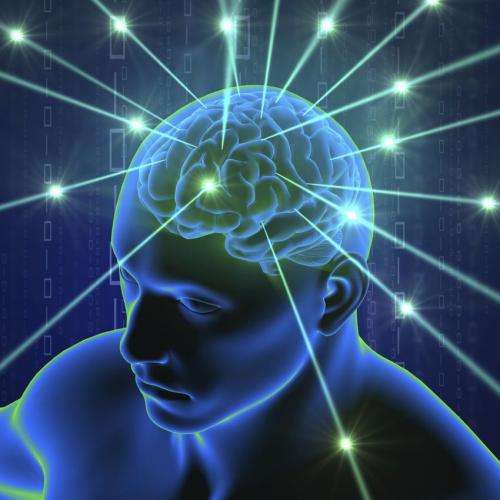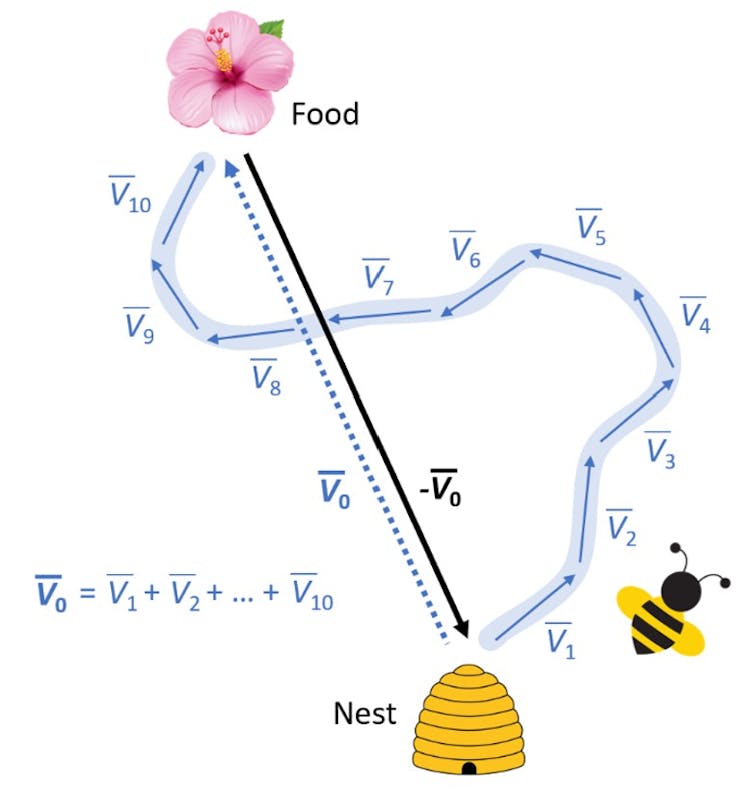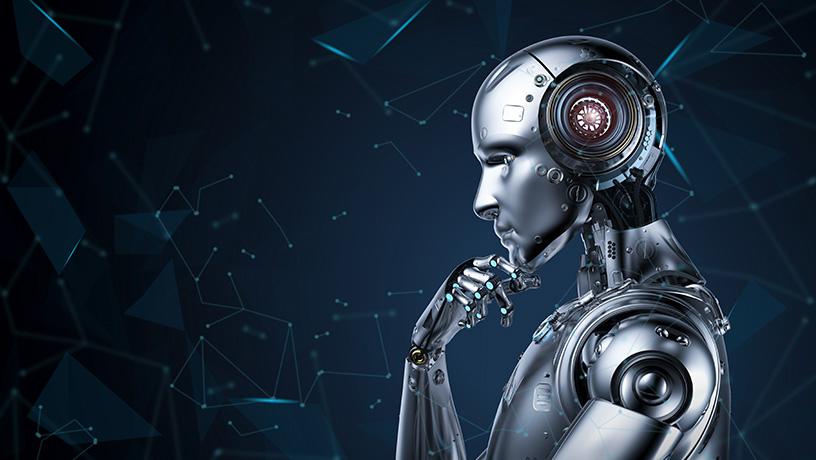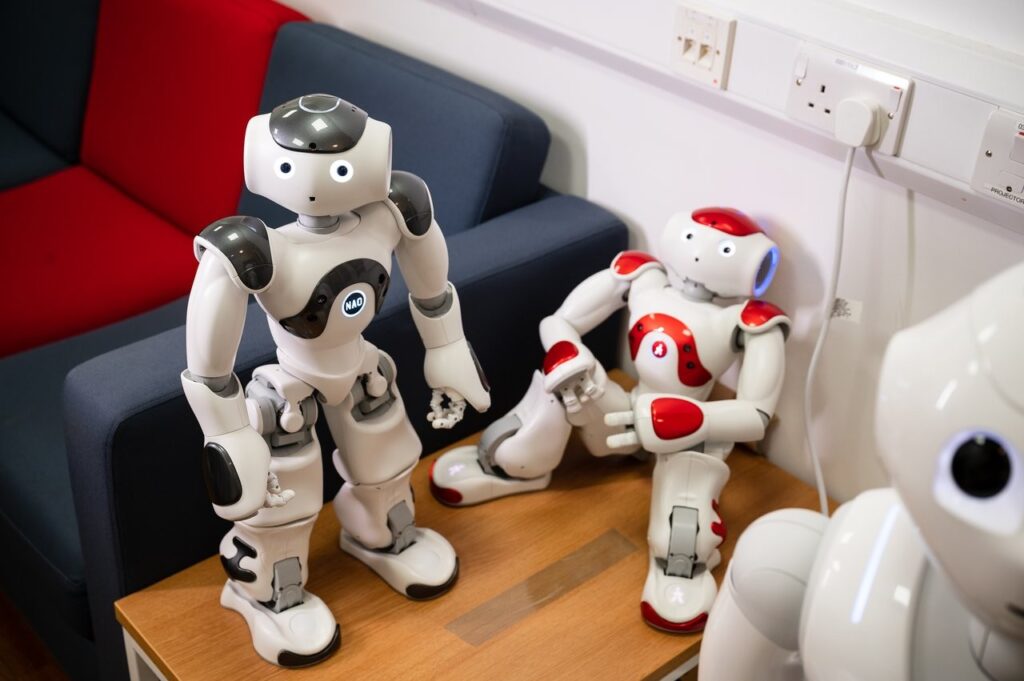I received a March 1, 2024 announcement (email) from Sense about Science about a new lecture series starting in late March 2024,
Critical thinking, open inquiry and the freedom to question have been fundamental to the development of the scientific method and the expansion of knowledge. To explore these ideas further, we’re pleased to invite you to a series of lectures and discussions we are running in partnership with the Free Speech Union.
In Science, Scepticism and Free Speech, Professor Alan Sokal and Professor Paul Garner will make the case for why we should care about science but also question it, concluding with our director Tracey Brown and Toby Young discussing the relationship between science, the public and democratic decision-making.
Events will take place at 7.30pm on 27 March, 27 April and 29 May [2024] at the Art Workers’ Guild in central London. Tickets include a glass of wine, and each event will include plenty of time for audience questions.
f you can’t attend in person, we will send you a Zoom link to join online, free of charge, shortly before each event. Please put the dates in your diary now.
Here’s more from the events page,
We are holding a series of three lectures and discussions in partnership with The Free Speech Union, a public interest body that stands up for the speech rights of its members and campaigns for free speech more widely.
Critical thinking, open inquiry and the freedom to question have been fundamental to the development of the scientific method and the expansion of knowledge. The ideal of objectivity and the goal of truth require the discipline to abstract itself from individuals, from interests and from sentiment, all of which may explain why science is always subject to pressures on its integrity.
SCIENCE, SCEPTICISM and FREE SPEECH is a unique series of three events – two lectures from eminent scientists and a final session bringing together public figures concerned with the relationship between science, the public and democratic decision-making. Each session will include plenty of time for audience Q and A.
You are welcome to attend the entire series or individual events. It will also be possible to join online for free – sign up to our mailing list and we’ll send you a link shortly before each event. Join our mailing list to watch online
In-person tickets for each event are £10 for FSU Members, £16 for members of the public, £12 for under-25s. Tickets include a glass of wine on arrival.
The individual events:
What is Science and Why Should We Care?
Wednesday 27 March, 2024, 7.30pm, The Hall, Art Workers’ Guild, 6 Queen Square, London, WC1N 3AT.
With Professor Alan Sokal,Professor of Mathematics, University College London and Professor Emeritus of Physics, New York University.
Professor Sokal will draw out the unique contribution of the scientific method to human progress and address contemporary trends which threaten to undermine it, in particular, politicisation and censorship.
About our speaker
Famous for his 1996 hoax [emphasis mine; more info. about the hoax follows after the descriptions for the events], Professor Alan Sokal is one of the most powerful voices in the continuing debate about the status of evidence-based knowledge. He is co-author (with Jean Bricmont) of Intellectual Impostures: Postmodernist Philosophers’ Abuse of Science, and author of Beyond the Hoax: Science, Philosophy and Culture.
How We Learned to Question Medicine
Wednesday 24 April, 2024, 7.30pm, The Hall, Art Workers’ Guild, 6 Queen Square, London, WC1N 3AT.
With Professor Paul Garner, professor emeritus in Evidence Synthesis in Global Health at the Liverpool School of Tropical Medicine.
Professor Garner will argue that scepticism is integral to good science and make the case for using the tools of science to hold authority to account. Building on the themes of Professor Sokal’s first lecture, Professor Garner will share noteworthy examples where an insistence on robust evidence and research has led not only to scientific breakthroughs but to the exposure of malpractice.
About our speaker
Professor Garner stepped back from full-time employment in 2022 but continues as emeritus. He supports academic staff carrying out systematic reviews on infectious diseases, developing further research on post-viral syndrome, and continued collaborative work in developing guideline methods. He was previously Coordinator of the Centre for Evidence Synthesis in Global Health, Co-ordinating Editor of the Cochrane Infectious Diseases Group, and Director of the Research, Evidence and Development Initiative. Professor Garner is also on the Board of Trustees of Sense about Science.
Science Under Pressure: Restoring Public Confidence
Wednesday 29th May, 2024, 7.30pm, The Hall, Art Workers’ Guild, 6 Queen Square, London, WC1N 3AT.
In this concluding conversation, our two speakers, Tracey Brown, Director of Sense about Science, and Toby Young, General Secretary of the Free Speech Union and Editor-in-Chief of the Daily Sceptic, will reflect on the issues raised in the earlier lectures and debate how the relationship between science and the public might be improved. When does healthy scepticism become a refusal to accept well-evidenced truth? How can we uphold science without succumbing to ‘scientism’? How can the public distinguish between relevant expertise and those who merely have strong opinions and loud voices?
About our speakers
Tracey Brown OBE is the director of Sense about Science, where she has turned the case for sound science and evidence into popular campaigns, including AllTrials, a global campaign for the reporting of all clinical trial outcomes. Tracey leads Sense about Science’s work on transparency of decisions, to ensure the public has access to the same evidence as decision-makers. This has included drafting the Principles for the Treatment of Independent Scientific Advice, and the Transparency of Evidence framework, now internationally emulated. In 2022 she led the What Counts? inquiry, and a national survey of the public’s experience of policy information during the pandemic, calling for all policy announcements to meet an evidence transparency standard. Tracey is honorary Professor, Science, Technology and Engineering in Public Policy at UCL.
Toby Young is the General Secretary of the Free Speech Union, a non-partisan, mass membership public interest body that stands up for the speech rights of its members. He co-founded four schools and a multi-academy trust in West London, served as a Fulbright Commissioner and is the author of four books, the best known of which is How to Lose Friends & Alienate People (2001). He is an associate editor of the Spectator, where he’s written a weekly column since 1998, and Editor-in-Chief of the Daily Sceptic. He was formerly an Associate Editor of Quillette and is the author or co-author of three peer reviewed academic articles.
Sokal Affair
As promised, here’s more about the hoax that Professor Alan Sokal perpetrated, from the Sokal affair Wikipedia entry, Note: Links have been removed,
The Sokal affair, also called the Sokal hoax,[1] was a demonstrative scholarly hoax performed by Alan Sokal, a physics professor at New York University and University College London. In 1996, Sokal submitted an article to Social Text, an academic journal of cultural studies. The submission was an experiment to test the journal’s intellectual rigor, specifically to investigate whether “a leading North American journal of cultural studies—whose editorial collective includes such luminaries as Fredric Jameson and Andrew Ross—[would] publish an article liberally salted with nonsense if (a) it sounded good and (b) it flattered the editors’ ideological preconceptions.”[2]
The article, “Transgressing the Boundaries: Towards a Transformative Hermeneutics of Quantum Gravity”,[3] was published in the journal’s spring/summer 1996 “Science Wars” issue. It proposed that quantum gravity is a social and linguistic construct. The journal did not practice academic peer review and it did not submit the article for outside expert review by a physicist.[3][4] Three weeks after its publication in May 1996, Sokal revealed in the magazine Lingua Franca that the article was a hoax.[2]
The hoax caused controversy about the scholarly merit of commentary on the physical sciences by those in the humanities; the influence of postmodern philosophy on social disciplines in general; and academic ethics, including whether Sokal was wrong to deceive the editors or readers of Social Text; and whether Social Text had abided by proper scientific ethics.
In 2008, Sokal published Beyond the Hoax, which revisited the history of the hoax and discussed its lasting implications.
…
So, it’s either in person in London, UK or by Zoom if you are on the mailing list. So you can, Get tickets for Lecture 1; Get tickets for Lecture 2; Get tickets for Lecture 3, or Join Sense about Science mailing list to watch online



